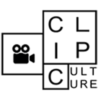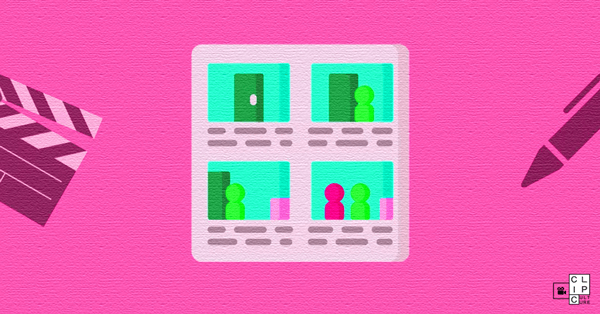A storyboard is basically an outline of how the video will really be. If your production requires a lot of details in every frame, then you will be needing a lot of sketches outlining every shot and every frame. In other cases, when there’s not much need for details, or you are leaning on the creative skills of the director, you can even use a log of descriptions of all the shots. In the end, the purposes that a storyboard serves are communication and planning.
It is tough to just pick up the camera and start shooting just as soon as you’ve got the script in your hands. The production team needs a plan to conduct the shoot, and a storyboard is just that. It gives a plan, which is easy and clear to understand and execute. It is a roadmap to finish the project in the most efficient manner.
The first part of making a storyboard is breaking down the script. You need to identify the opening part of the video. Then you pick out the problem and the solution. Then comes the call to action. You also need to lay out a timeline for the different periods.
After breaking down the script, every shot needs to be listed down. It is not always possible or efficient to shoot different sequences according to the order in the script. So a shot list will help to plan the shoots according to availability of actors, equipment, location, time of the day, etc. This will streamline the production process.
The production team needs to decide how much work to put up on the storyboard. A video that is produced with lots of impromptu scenes and spontaneous creative direction may not need a very detailed storyboard. Only a short description of the shot may be enough. On the other hand, a video with a very detailed script will need a storyboard with well sketched-out scenes, containing a lot of detailing and also a text description of the photos. The lines of the script, length of shot, camera angles, and other information also should be added to the storyboard.
Traditionally, a storyboard is usually hand-drawn through pencil sketches. But nowadays a lot of tools and software are also used to make a storyboard. Although a storyboard is a vital part of every production process, the type of storyboard you need varies a lot from one project to another. Whether you can work with a text-based storyboard, or need a visual storyboard; whether you can just work with stick figures and shapes, or need a well-drawn storyboard depends very much on the skill sets the team has and the necessity of the project. In the end, the purpose of the storyboard is to make the planning phase of the production process easier.
Share this:
- Click to share on Facebook (Opens in new window) Facebook
- Click to share on X (Opens in new window) X
- Click to share on LinkedIn (Opens in new window) LinkedIn
- Click to share on WhatsApp (Opens in new window) WhatsApp
- Click to share on Reddit (Opens in new window) Reddit
- Click to share on Telegram (Opens in new window) Telegram

